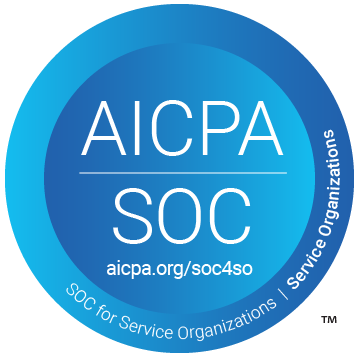Update, 9/29/25: BIS has now announced an interim 50% rule, applying to subsidiaries of parties on the Entity List or Military End-User List. Read our story here.
A Kharon analysis shows that thousands of subsidiaries—in nearly 100 jurisdictions across six continents—would fall under export-control regulations if a potential 50% rule is enacted, extending restrictions to firms that are majority-owned by parties on the U.S. Entity List.
Almost none of those affiliates have ever appeared on a government list, meaning that most exporters and financial services firms don’t screen for them at all.
What we found:
A Kharon analysis shows that thousands of subsidiaries—in nearly 100 jurisdictions across six continents—would fall under export-control regulations if a potential 50% rule is enacted, extending restrictions to firms that are majority-owned by parties on the U.S. Entity List.
Almost none of those affiliates have ever appeared on a government list, meaning that most exporters and financial services firms don’t screen for them at all.
What we found:
- A new scale of exposure: Overnight, the population of controlled parties could balloon from the 3,396 parties currently on the Entity List, maintained by the Commerce Department’s Bureau of Industry and Security (BIS), to a sprawling web including many thousands of additional, off-list companies.
- Geographic reach: While Russia and China account for the majority of subsidiaries tied to already-listed entities, Kharon’s analysis uncovered that hundreds more are located in major trade and finance hubs—including the EU, the United States, the U.K., Singapore, Switzerland, Japan, Canada, Australia and India. Their presence in these jurisdictions means that, under a 50% rule, exporters cannot assume that counterparties in traditionally low-risk markets are outside the scope of BIS licensing requirements.
- Hidden risks: Few of these subsidiaries of listed entities have appeared on a government sanctions or export-restriction list to date, so they are likely off most programs’ screening radars entirely.
- Regulatory timeline: Bloomberg reported that the Commerce Department could implement a 50% ownership rule as soon as this month. Tim Mooney, acting director of regulatory policy at BIS, recently confirmed that the agency is “definitely looking at” the change, according to Export Control Daily. Landon Heid, President Trump’s pick to lead BIS export licensing, told the Senate at his April nomination hearing that the 50% approach would be a “simple fix” that BIS could implement “very quickly,” modeling it on a similar rule at the Treasury Department’s Office of Foreign Assets Control (OFAC).
- An open loophole: As regulations stand, majority-owned subsidiaries can—and often do—keep importing U.S. tech after their parents are listed. Matt Axelrod, the former BIS assistant secretary for export enforcement, said during a Kharon webinar last month that “it is frustrating to BIS, and certainly to the enforcement side of BIS from a national security perspective, that [a BIS 50% rule] doesn't exist, because of how easy it can be for an entity-listed company to set up a different subsidiary, and that’s not caught by the entity list.”
- New due diligence: If a 50% rule takes effect, any compliance program that relies on government list name-matching alone may be caught flat-footed.
- From entities to networks: Moving to an ownership framework would further align export controls with sanctions enforcement, signaling a shift toward relationship-based risk.
- Secondary ripples: U.S. exporters could face immediate restrictions or licensing obligations for newly covered subsidiaries, forcing updates to ownership screening and escalation protocols. Banks, insurers and freight forwarders, even those outside the U.S., could also be exposed if they facilitate transactions involving these entities, especially where U.S.-origin goods or technology are involved.
In brief: A BIS subsidiary rule would move thousands of previously unlisted subsidiaries into regulatory scope overnight, forcing a fundamental rethink of how organizations detect and manage export-control risk.
Read more from the Brief:
What a BIS 50% Rule Would Mean for Compliance, Enforcement and Chinese Tech Firms
A BIS 50% Rule Case Study: Three High-Tech Subsidiaries of a Restricted Chinese Institute
Chinese Labs Test Most U.S. Electronics. A New FCC Rule Will Block Those with ‘Prohibited’ Ties.
A BIS-Listed Company Has Ties to China’s Military—and to a US Laser Firm








